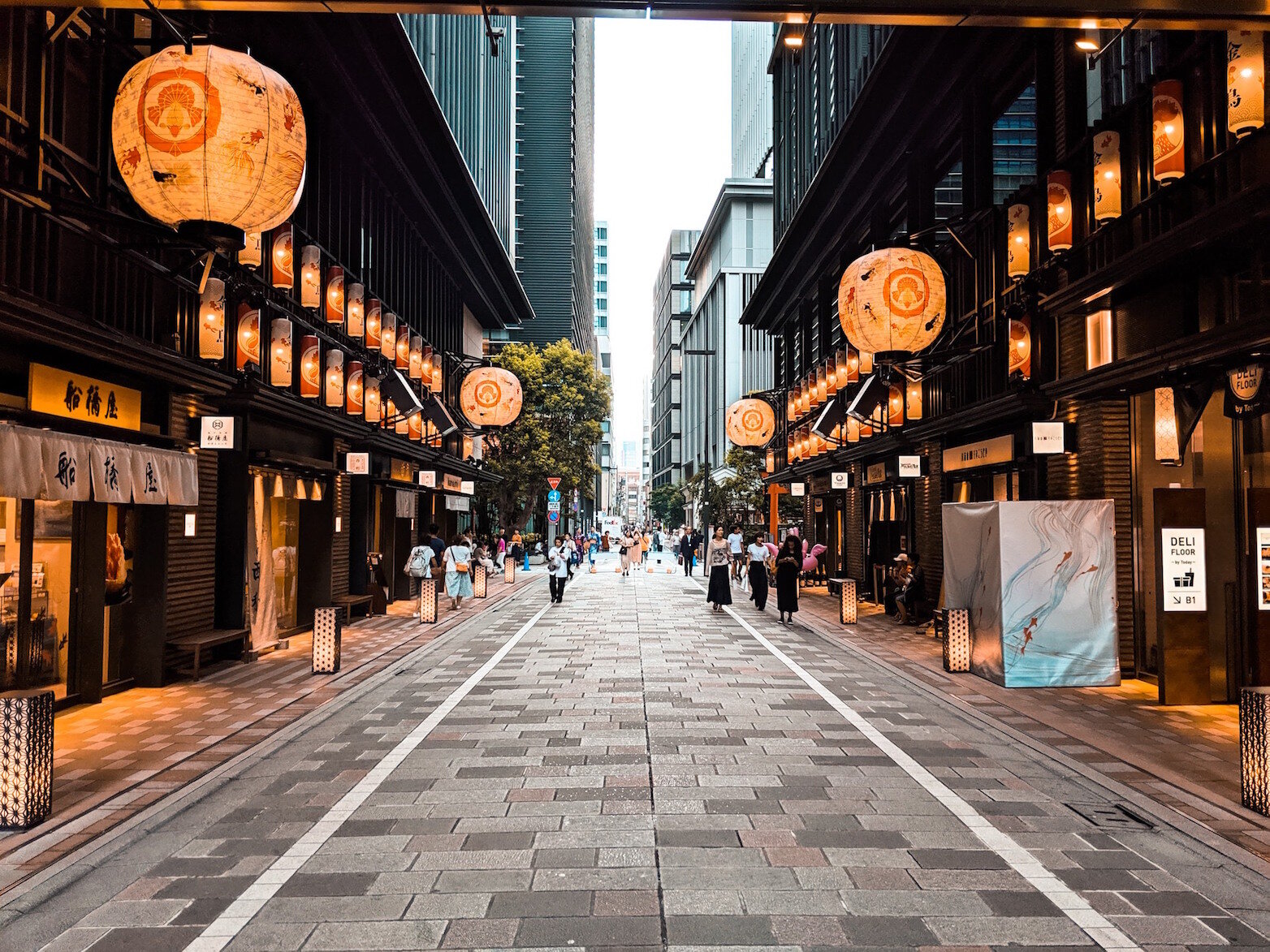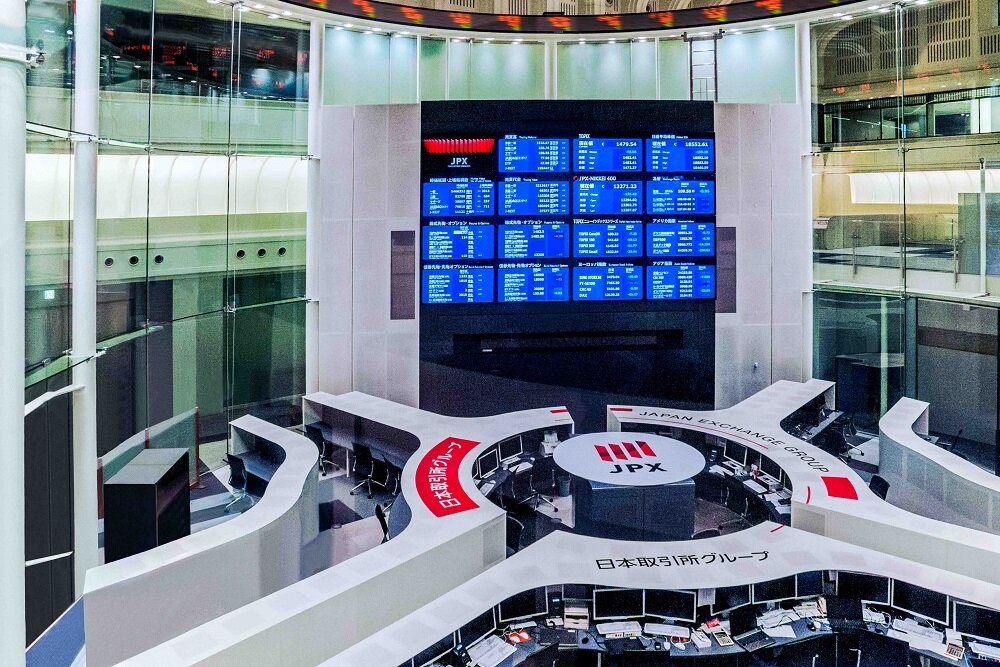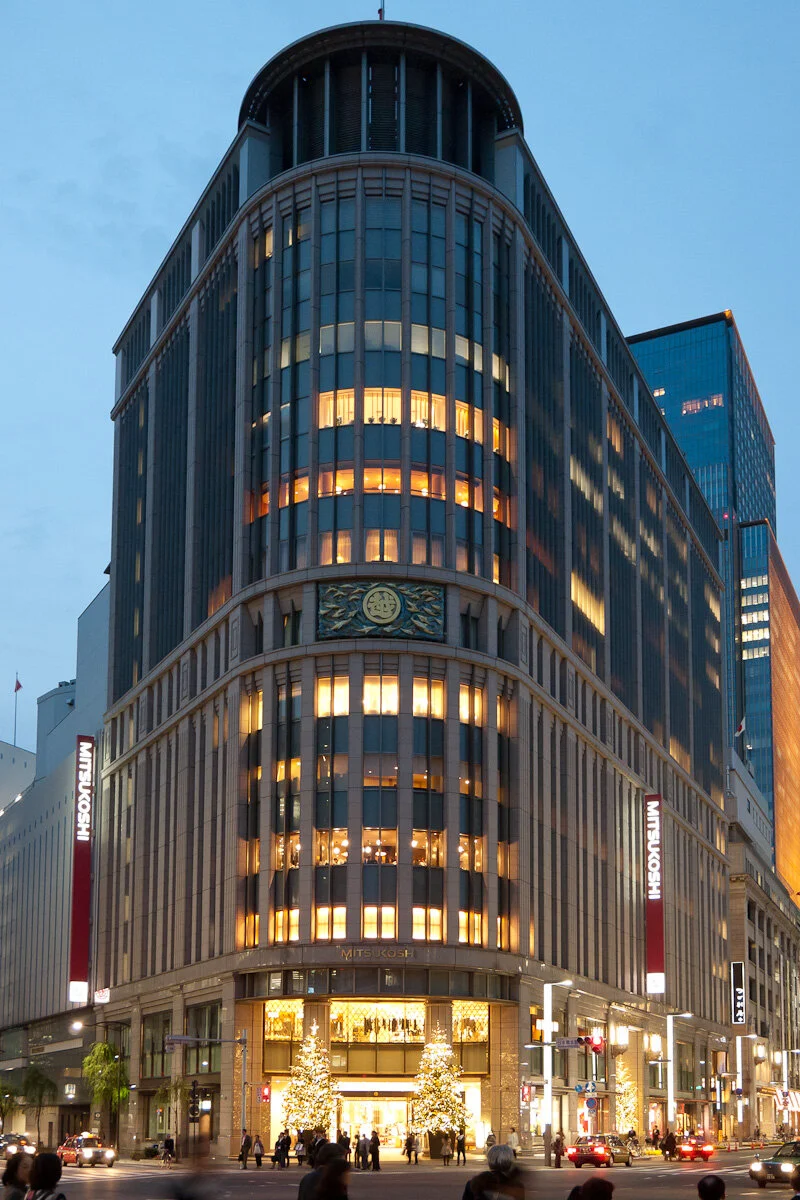Nichiren, a famous Buddhist priest and founder of the Nichiren Buddhism sect stayed at the home of the local lord of this area. He carved a sculpture of himself to which the lord was very pleased and enshrined it which marks the origin of the Tennoji Temple. This was sometime during the late 1300s-early 1400s. It’s one of the few ancient temples left in Tokyo that existed before the Edo period (1603-1868). It was originally called Kannoji Temple but changed its name in 1833 in accordance with the government to Tennoji which also changed from the Nichiren sect to the Tendai sect of Buddhism.
Photo Credit: Japan Visitor
Address: 7 Chome-14-8 Yanaka, Taito City, Tokyo 110-0001, Japan
Hours: N/A
Website: http://www.tendaitokyo.jp/jiinmei/tennoji/
How to get there: A 2 minute walk from Nippori Station, South Exit on the JR Line.


















